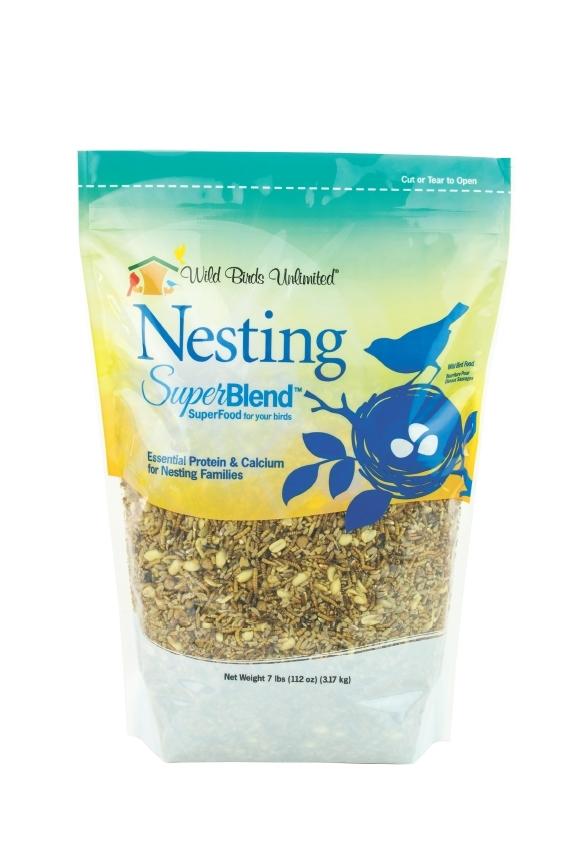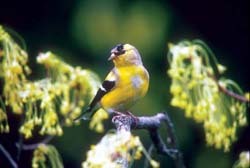Being Seasonally Savvy: Help Birds During Molting Season
Just as people make seasonal wardrobe changes, many birds are beginning a transformation of their own by replacing their old and worn feathers in a process known as molting.
Molting is when a bird replaces some (partial molt) or all (full molt) of its feathers.
This complicated process requires a lot of energy and may take up to eight weeks to complete. Molting is so physically demanding for most ducks and geese that they can't fly and will molt in seclusion to avoid predators.
Molting season varies by species and time of year. Right now many birds are beginning their main molt of the year, however American Goldfinches are one of the last to molt. Due to their late nesting period, they won't start their molt until late August.
Distinguishing birds that are molting from those that are not can be difficult. Though some birds may lose patches of feathers and appear "balding," most birds' feather loss and replacement are far less noticeable.
Feathers are made of more than 90% protein, primarily keratins, so every molting bird needs extra proteins to grow strong feathers for proper flight and effective insulation.
How To Help Molting Birds

It's normal to assume molting birds are sick. The best thing to do is leave them alone and keeps pets away. A good backyard habitat will provide cover so they can escape or hide from pets or other predators. Feathers are more than 90% protein, primarily keratins. Because of the nutritional demands on their bodies to produce feathers and feather pigment, birds must increase the amount of protein and fats in their diets. Provide high-protein foods, like Wild Birds Unlimited Nesting SuperBlend, Stop by the store today to pickup a bag or order online for easy curbside pickup or home delivery at mywbu.com/billings


